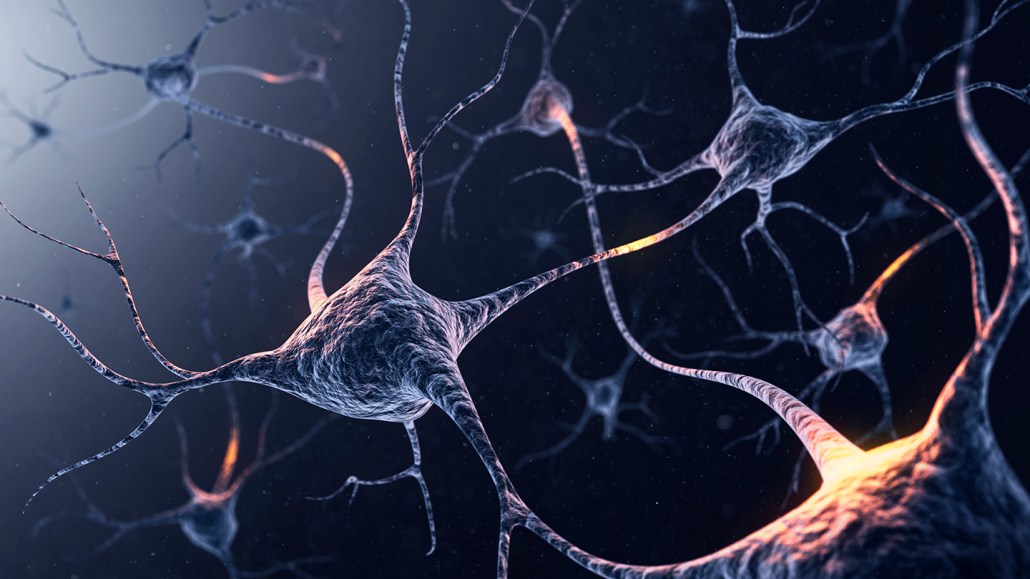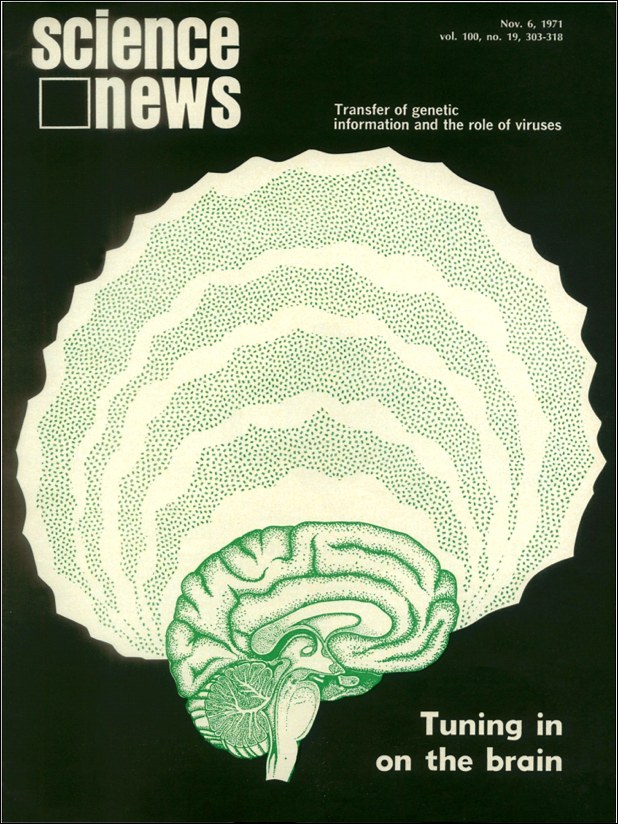50 years ago, scientists were on the trail of ‘memory molecules’
Excerpt from the November 6, 1971 issue of Science News

Scientists have been on the hunt for the physical basis of memory for decades. Recent studies suggest that memories may reside in the connections between neurons (shown in this illustration).
Viaframe/Stone/Getty Images







